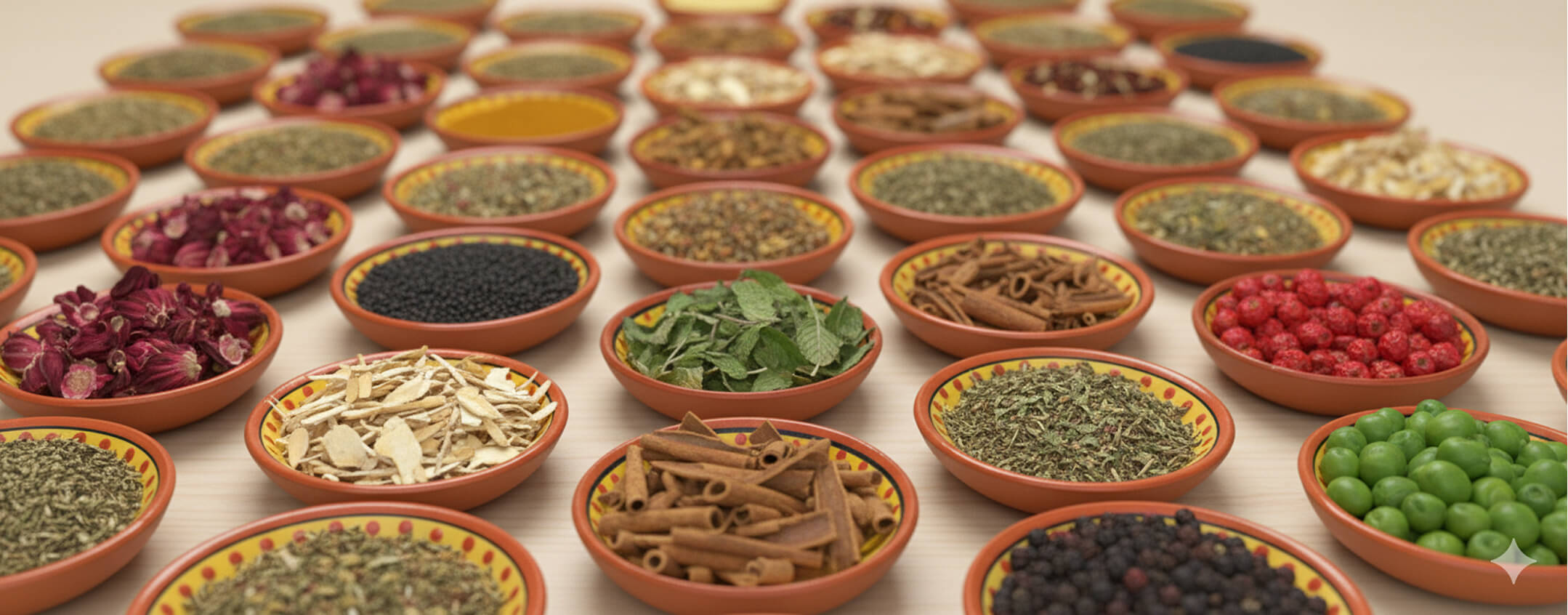Token Herbal Glossary
Redefining herbal wellness by blending ancient knowledge with modern science.

Herbs

Ashwagandha
- Adaptogen
- Tonic
- Nervine
- Immunomodulator
- Roots
- Leaves
- Bitter
- Slightly Sweet
- Astringent
- Warming
- Calming
- Stress Relief
- Energy Support
- Immune Enhancement
- Hormonal Balance
- Sleep Aid
- Muscle Strength and Recovery
Ashwagandha, also known as Indian ginseng or winter cherry, is a powerful herb in the Ayurvedic medicine system of India. Recognized for its restorative and rejuvenative benefits, Ashwagandha has been used for over 3,000 years to relieve stress, increase energy levels, and improve concentration.
This herb is particularly revered for its adaptogenic properties, helping to modulate the body’s response to stress and balance hormonal functions. It’s commonly used to combat the effects of stress and anxiety, and its calming, nerve-soothing capabilities make it a popular choice for promoting healthy sleep patterns.
The roots of Ashwagandha are the most commonly utilized part of the plant, known for their strong, earthy flavor that grounds and centers the body and mind. The leaves, although less commonly used, also offer therapeutic benefits and are sometimes employed in topical treatments for their health-promoting properties.
Ashwagandha supports various bodily systems:
- Endocrine System: Regulates hormones, including thyroid and adrenal glands, enhancing energy and vitality.
- Immune System: Its immunomodulatory effects help enhance the body’s resistance to illness.
- Musculoskeletal System: Promotes muscle strength and recovery, making it a favorite among athletes for its performance-enhancing effects.
Culturally, Ashwagandha has been a cornerstone herb in the wellness practices of many traditional societies, often used in daily tonics and medicinal preparations. In Western herbalism, its popularity continues to grow, as its benefits for stress and overall vitality are embraced globally.
For those looking to integrate Ashwagandha into their daily regimen, as an herb that supports resilience and vitality, Ashwagandha holds a special place in the hearts of those looking to naturally support their body and mind amidst the stresses of modern life.

